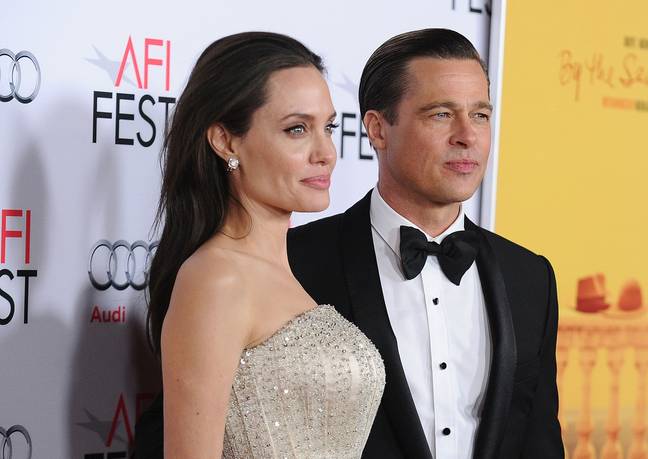HARARE – The Culture Fund of Zimbabwe has refuted prominent author and filmmaker Tsitsi Dangarembga’s claims that the arts funding body refused to finance the last novel in her Nervous Conditions trilogy.

Chipo Muvezwa, the programmes officer for the funding body, told the Daily News through e-mail that Dangarembga made several applications for funds but that did not include anything to do with Nervous Conditions.
“Please see below the list of projects related to Tsitsi Dangarembga that have been supported by Culture Fund over the years and the amounts. We wish to further advise that during this current funding cycle Tsitsi Dangarembga did not submit an application for Nervous Conditions,” she said.
The document provided by the Culture Fund shows that Dangarembga was given 13 disbursements for various projects from 2007 to date. The International Images Film Festival (IIFF) which she founded and resigned from as director in 2011, received nine disbursements while Dangarembga’s Nyerai Films was funded two times.
Despite the Culture Fund’s response, which was made available to her by the Daily News, Dangarembga insisted via e-mail that she indeed applied for funds to finance the Never Conditions project.
“The submission in question was for the last novel in the Tambudzai Trilogy, which has been called Chronicle of an Indomitable Daughter and is now called A Mournable Body,” she said.
“In my opinion it is the best of the three and very timely for Zimbabwe today. I am astonished that the Culture Fund is not aware of this.”
Dangarembga, though, conceded that IIFF and Nyerai got funding from the Culture Fund.
“Yes, the Culture Fund has funded IIFF and Nyerai on differing occasions over the decade or so of their existence. IIFF and Nyerai are service platforms where a lot of training and other arts outreach takes place, so that it is inaccurate to describe them as Tsitsi Dangarembga projects,” she responded.
The filmmaker further claimed that she stepped down as director of IIFF due to her strained relations with the arts funding body.
“When the Culture Fund began I was actually told “These funds are not for people like you,” and I had to do a lot of begging. As a result of that relationship not working well, I thought it was better for the survival of IIFF for me to withdraw as director, this I did in 2011,” she claimed.
“With the focus on youth, this put the younger women who now run IIFF in a better position to obtain funding, and they have done this.”
The tough-talking arts personality was disappointed by the Culture Fund’s reference to Nyerai and the IIFF as “projects related to Tsitsi Dangarembga.”
“When a funding organisation indicates that it funded an initiative I began in 2002 and left in 2011, this implies that artists are not allowed to move on, nor to aim for bigger, more meaningful things,” said the multi-talented artist.
“I am disconcerted when the Culture Fund says it has funded projects related to Tsitsi Dangarembga. This sounds as though the funding is personalised and not done on merit of particular proposals.”
She conceded that the Culture Fund was not the only guilty entity on Zimbabwe’s arts funding landscape.
“While I appreciate the opportunity to engage on this matter, in a way it is rather unfair for this focus to be on the Culture Fund. The Culture Fund is only a part of the very unhealthy arts funding sector in Zimbabwe — whether by NGOs, bilateral organisations, multi-lateral organisations or government or government-affiliated entities where professional merit seems to be one of the least considered factors in decision-making and other agendas are prioritised.’’
Dangarembga added that Culture Fund generally fared better than other arts funders in Zimbabwe.
“I have put applications to other arts funding organisations with even more negative results. Most artists in Zimbabwe are disillusioned with the way in which arts funding is handled,” she said.
“If it were being done in a proper manner to promote good art, we would be seeing a much more vibrant sector and a much more robust creative economy. I am sure that everyone in the funding sector hopes for this and so I am sure that positive change is possible and will be observed.” -Dailynews [useful_banner_manager banners=1 count=1]






